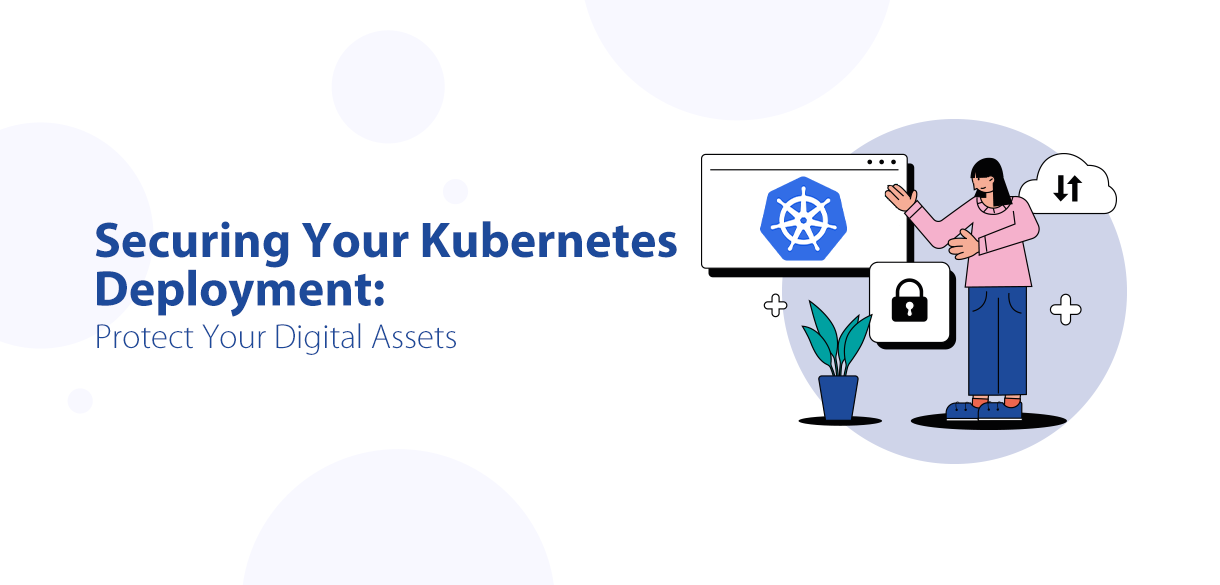Multi-Vendor marketplaces have emerged as a dominant business model, allowing multiple sellers to showcase and sell their products on a single platform. Magento, a powerful and flexible eCommerce platform, remains one of the top choices for building scalable multi-vendor marketplaces. As we move into 2025, businesses must leverage the latest Magento advancements to create a seamless and efficient marketplace.
Why Choose Magento for a Multi-Vendor Marketplace?
Magento offers an extensive suite of features that make it an ideal choice for multi-vendor marketplace development:
- Scalability & Performance – Magento is designed to handle high traffic and large product catalogs, making it suitable for growing marketplaces.
- Flexible Customization – With a modular architecture, Magento allows extensive customization, ensuring that the platform meets specific business needs.
- Robust Vendor Management – Various Magento extensions help manage vendors efficiently, handling product listings, order fulfillment, and commission structures.
- SEO & Marketing Features – Magento comes with built-in SEO capabilities and marketing tools to drive traffic and increase conversions.
- Security & Compliance – Regular updates and security patches make Magento a secure platform for handling transactions and customer data.
Key Steps to Building a Scalable Multi-Vendor Marketplace
- Choosing the Right Magento Edition
Magento offers two primary editions:
- Magento Open Source – A free, community-driven solution with basic features, ideal for startups.
- Adobe Commerce (Magento Commerce) – A premium version with advanced capabilities, including AI-powered analytics, cloud hosting, and enhanced B2B features.
- Selecting a Multi-Vendor Extension
Magento doesn’t natively support multi-vendor functionality, but various extensions can enable this, such as:
- Webkul Multi-Vendor Marketplace
- CedCommerce Multi-Vendor Marketplace
- Apptha Multi-Vendor Extension
These extensions provide vendor dashboards, commission management, product approval systems, and more.
- Optimizing Performance for Scalability
A growing marketplace demands optimal performance. Key strategies include:
- Cloud Hosting – Use Magento Cloud, AWS, or Google Cloud for auto-scaling capabilities.
- CDN Implementation – Utilize a Content Delivery Network (CDN) like Cloudflare to enhance page speed globally.
- Database Optimization – Implement MySQL/MariaDB tuning and caching (Redis, Varnish) to reduce load times.
- Streamlining Vendor and Product Management
A successful marketplace should provide:
- A Dedicated Vendor Portal – Vendors should have a seamless experience managing products, orders, and payouts.
- Automated Commission Models – Define commission structures (fixed, percentage-based, or tiered) for automated vendor payouts.
- Product Approval Workflows – Ensure quality control with admin approval processes before products go live.
- Enhancing User Experience (UX)
Customer experience plays a crucial role in marketplace success. Focus on:
- Intuitive Navigation & Search – Implement AI-powered search with Elasticsearch for relevant product discovery.
- Mobile Optimization – Ensure a responsive design with PWA (Progressive Web App) support.
- Personalized Recommendations – Use AI-driven product recommendations to increase conversions.
- Secure Payment & Order Management
Key elements include:
- Multiple Payment Gateways – Integrate Stripe, PayPal, Razorpay, or regional gateways for a seamless checkout experience.
- Split Payments – Enable direct payments to vendors with solutions like Stripe Connect.
- Automated Order Fulfillment – Connect with third-party logistics (3PL) and warehouse management systems (WMS) for streamlined shipping.
- Implementing Marketing & Growth Strategies
Boost marketplace success with:
- SEO & Content Marketing – Optimize marketplace pages for search engines and run blogs for organic traffic.
- Loyalty & Referral Programs – Offer discounts, cashback, or referral incentives to attract more customers.
- Multi-Channel Selling – Sync marketplace listings with Amazon, eBay, and social commerce platforms like Facebook and Instagram.
Future Trends in Multi-Vendor Marketplaces
As eCommerce trends evolve, multi-vendor marketplaces must stay ahead with:
- AI & Automation – Chatbots, AI-driven analytics, and smart inventory management.
- Blockchain for Secure Transactions – Decentralized payments and transparent transaction tracking.
- Augmented Reality (AR) Shopping – Enhanced product visualization with AR integrations.
Conclusion
Building a scalable multi-vendor marketplace with Magento in 2025 requires careful planning, the right technology stack, and a strong focus on performance, user experience, and security. By leveraging Magento’s capabilities along with modern eCommerce trends, businesses can create a competitive and thriving marketplace.



